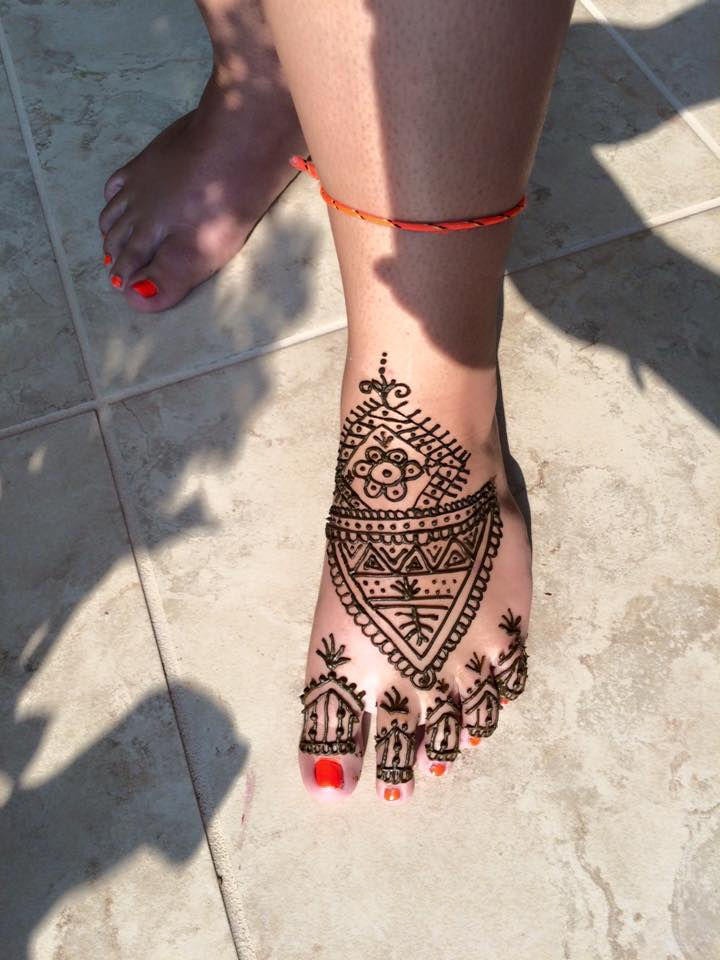The Magic Table

History of Henna
The art of henna has been practiced for over 5000 years in Pakistan, India, Africa and the Middle East. Some documentation dates it to over 9000 years old. Because henna has natural cooling properties, people of the desert, for centuries, have been using henna to help control their body temperature. They would make a paste from the crushed dried leaves of the henna plant and soak their palms and soles of the feet in it to get a cooling affect. The cooling sensation was felt throughout the body for as long as the henna stain remained on their skin. Initially, as the stain faded away, it left patterns on the skin's surface which led to ideas of making designs for decorative purposes. In the ancient Egyptian times even mummies wore henna designs and it is documented that Cleopatra herself used henna for decorative purposes.
Henna was not only a popular accessory for the rich but the poor, who could not afford jewelry, used it to decorate their bodies as well.
The Henna Plant
Henna is a flowering plant that grows 12-15 feet high. The English name "henna" comes from the Arabic term الحناء (al-ḥinnā). The name henna also refers to the dye prepared from the henna plant and the art of temporary tattooing from those dyes. Henna has been used for centuries to dye skin, hair, and fingernails, as well as fabrics including silk, wool, and leather.
Henna was used for cosmetic purposes in the Roman Empire, Ancient Egypt, parts of North Africa, the Arabian Peninsula, the Near East and South Asia. The plant grows best in heat up to 120F degrees and contains more dye at these temperatures. Inversely, it wilts in temperatures below 50F degrees.
The henna plant contains lawsone which is a reddish-orange dye that binds to the keratin (a protein) in our skin and safely stains the skin. The stain can be from pale orange to deep burgundy depending on the quality of the henna and how well the skin takes it. A good henna, fresh from hot & dry climates, will stain the darkest.
Cultural Uses
Henna is used for many reasons including:
- Self-expression
-
Celebrations like weddings, baby blessings, holidays & birthdays
-
Inspiration
-
Reminders - e.g. writing a message to remind yourself of someone that is important in your life
-
Beauty and adornment - a form of jewelry or body decoration
-
Cosmetic treatment - e.g. cover up for a scar/tattoo
-
Blessings & well-being - blessing a new bride or a new child
-
To be part of an ancient tradition
-
Alternative or precursor to a tattoo





































